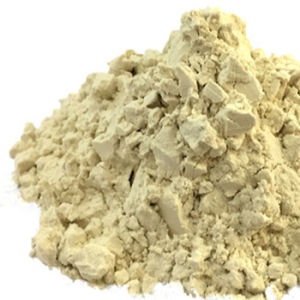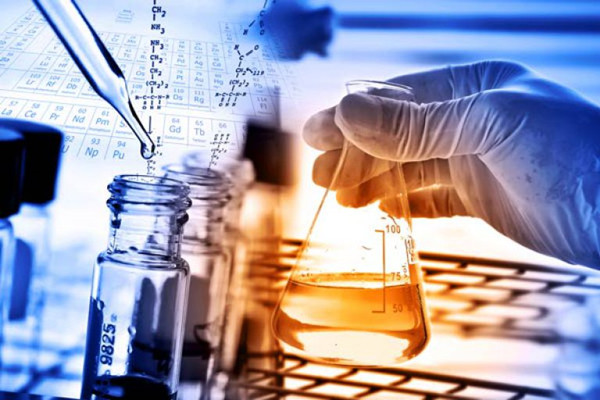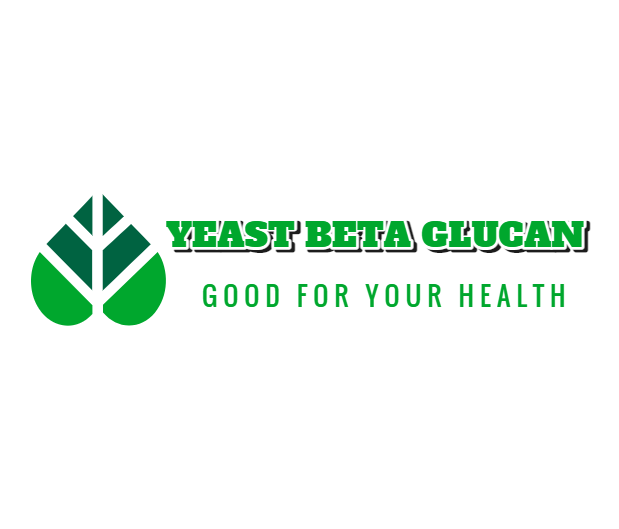The beta-glucan derived from different sources have different molecular structures, which result in different immune activities. For example, the yeast beta1,3/1,6-D-glucanase has a unique molecular structure, especially the ratio of beta-1,6-glycosidic bonds to the total number of glycosidic bonds. This molecular structure makes it easy to recognized quickly by immune cell receptors, which results in efficient immune cell regulation (Danielson et al., 2010).
Mainstream testing methods in the world
It is important to test the quality of beta-glucan in yeast. Usually, the contents of beta-glucan determined the quality of yeast beta-glucan. Generally, the beta-glucan with high content has better quality. Particularly it relates to standards and methods for controlling the quantity of yeast beta-glucan and related products of yeast. Testing the beta-glucan is the primary measure to test the product standards. The quality of contents of yeast beta-glucan in a given product is important for the measurement of standard and quality. The HPLC method of testing the quality of yeast beta-glucan has the advantage that it can measure the quality and quantity of products by combining. The beta-glucan in yeast products can be specifically detected. The method is highly efficient in separation and sensitivity, low in detection limit, minimum error in repeatability, and free of disturbance. If 70% of beta-glucan contents are present in the product, it is considered the good quality of beta-glucan (Danielson et al., 2010).

FCC monographs are internationally recognized standards for food ingredients. These are information documents designed to assist consumers in the identification or authenticity of different food ingredients or other agriculture products. FCC monograph consists of tests and other specifications for product identification, impurities, and other tests that are helpful in describing the purity and quality of ingredients. For human consumption, it is important to use beta-glucan with higher contents (Beta Glucan Monograph, 2011).
HPLC-Chinese standard
HPLC stands for High-Performance Liquid Chromatography. It’s an analytical chemistry technique that can separate, identify and quantify each element precisely in a reaction mixture. The HPLC methods for checking the quality of yeast beta-glucan are well developed and widely accepted. Dry mass beta-glucan samples are determined by drying to constant mass. For the acidic hydrolysis method, the trifluoroacetic (TFA) or sulphuric acid method is used. The sample was further checked for analysis beta-glucan mass fraction. The glucose concentrations in hydrolyzed samples are determined by using HPLC and processed to determine the mass fraction of beta-glucan in total carbohydrates. Glucose is determined by using HPLC equipped with the detector. Acetonitrile/water (75:25) ratio used as a mobile phase by flow rate 1ml/min and column temperature 40oC for 12 minutes. The mass fraction of beta-glucan was calculated from glucose concentration in hydrolysates using HPLC (Freimund et al., 2005; Zechner-Krpan et al., 2010).
FTIR spectroscopy is used to analyzed different polysaccharides, including beta-glucan. The application of FTIR beta-glucan has an advantage when used for food purposes. Protein samples were analyzed and the organic elemental microanalysis of lyophilized beta-glucan samples performed. This method firstly uses infrared spectroscopy FTIR to determine that the substance being measured is beta 1,3/1,6-D-glucan and then measures the content of beta-glucan by liquid chromatography HPLC. The advantage of this detection method is high stability.

FCC(USP)- US standard
The United States Pharmacopeia (USP) developed the monograph to identify beta-glucan from baker yeast (Saccharomyces cerevisiae). The USP Expert Committee approved the proposed monographs after being published in Pharmacopeia Forum for public comment. USP sets standards for manufacturers to comply with the products legally marketed in the U.S. These monographs address quality, identification, labeling, purity, and potency, among other tests (Beta Glucan Monograph, 2011).
FCC uses beta1,3/1,6-D-glucanase to decompose beta1,3/1,6-D-glucan into glucose, so the measured value is directly beta1,3/1,6-D -The glucan content, so this method is more rigorous. It is principally based on the glucose enzymatic method. The technique involves the digestion of beta-glucan to glucose, which is further measure by a colorimetric enzymatic method. Firstly, the containing beta-glucan is gelatinized in aqueous KOH. Then the sample is diluted with buffer and treated with lyticase enzyme. The lyticase is an endoglucanase enzyme that breaks down the beta-glucan partially and solubilizes it. The lyticase is treated with available exo—1,3-β-D-glucanase and beta-glucosidase, which convert the soluble beta-glucan oligosaccharide to glucose (Danielson et al., 2010).
The disadvantage of this method is that it needs to be tested with a particular enzyme. Moreover, since the enzyme activity is not very stable, the test results may vary significantly. But this method is the most internationally recognized testing method at present.

Hiyeast test method
Hiyeast is a professional yeast β-glucan manufacturer in China.
They produce the highest quality yeast beta-glucan product that meets the criteria of Chinese-HPLC and international standards of FCC (USP). The mission is to improve public health up to international standards (Danielson et al., 2010). These quality testing methods ensure the quality, safety, and benefits and medicines and foods. The Hiyeast testing method is a high standard, and test results are according to international standards.
Hiyeast provides the highest quality yeast beta-glucan as every batch of yeast beta-glucan export is tested by the HPLC method. It is high quality that contains at least 70% contents of beta-glucan. Additionally, they also provide USP external inspection, and the product was through the authoritative organization in the U.S. for testing-CCRC (complex carbohydrate research center). The NMR Identification of beta-1,3/1,6-Glucan (1,6) linked beta-glucan/total linkage is 17% (Zechner-Krpan et al., 2010).
Currently, almost all yeast β-glucan exported in China are tested by the HPLC. Additionally, the HPLC testing method for each batch of products also provides the service of sending out to the authoritative organization for inspection. Hiyeast is committed to delivering innovative, differentiated, and scientifically proven functional ingredients to help customers get quality products that contribute to a healthy and sustainable world.
References
Beta Glucan Monograph. (2011). USP Uses Biothera Info for Beta Glucan Monograph. Natural Products INSIDER. https://www.naturalproductsinsider.com/regulatory/usp-uses-biothera-info-beta-glucan-monograph
Černá, M., Barros, A. S., Nunes, A., Rocha, S. M., Delgadillo, I., Čopı́ková, J., & Coimbra, M. A. (2003). Use of FT-IR spectroscopy as a tool for the analysis of polysaccharide food additives. Carbohydrate Polymers, 51(4), 383–389. https://doi.org/10.1016/S0144-8617(02)00259-X
Danielson, M. E., Dauth, R., Elmasry, N. A., Langeslay, R. R., Magee, A. S., & Will, P. M. (2010). Enzymatic Method To Measure β-1,3-β-1,6-Glucan Content in Extracts and Formulated Products (GEM Assay). Journal of Agricultural and Food Chemistry, 58(19), 10305–10308. https://doi.org/10.1021/jf102003m
Freimund, S., Janett, S., Arrigoni, E., & Amad, R. (2005). Optimised quantification method for yeast-derived 1,3- β -d-glucan and ɑ-d-mannan. European Food Research and Technology, 220(1), 101–105. https://doi.org/10.1007/s00217-004-1008-0
Zechner-Krpan, V., Petravi, V., Gospodari, I., & Sajli, L. (2010). Characterization of b-Glucans Isolated from Brewer’s Yeast and Dried by Different Methods. 9.

 English
English Nederlands
Nederlands Français
Français Deutsch
Deutsch Italiano
Italiano 日本語
日本語 Português
Português Русский
Русский Español
Español Türkçe
Türkçe Tiếng Việt
Tiếng Việt



2 Responses
Itís difficult to find knowledgeable people in this particular subject, however, you seem like you know what youíre talking about! Thanks
My partner and I stumbled upon this different web address and decided to check it out. Nice post, I found it both new and challenging.